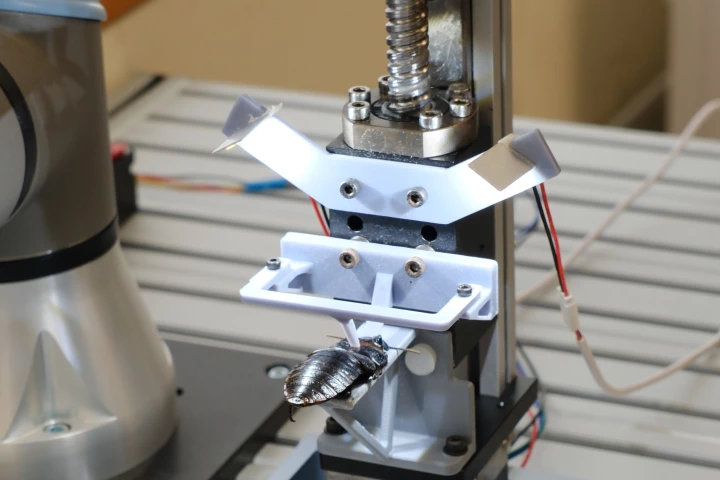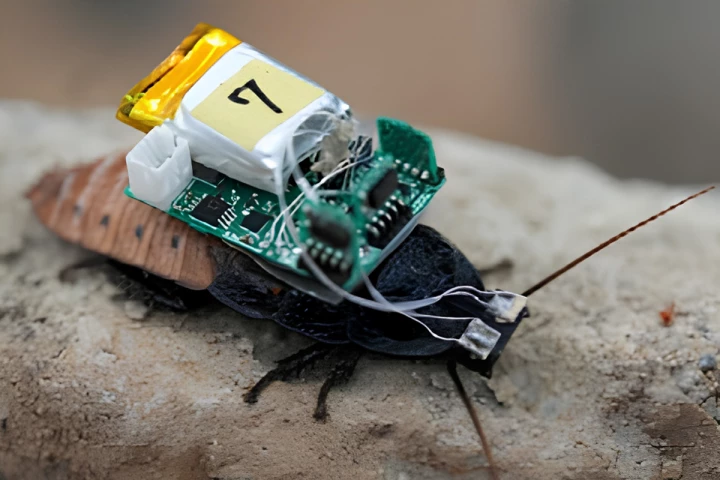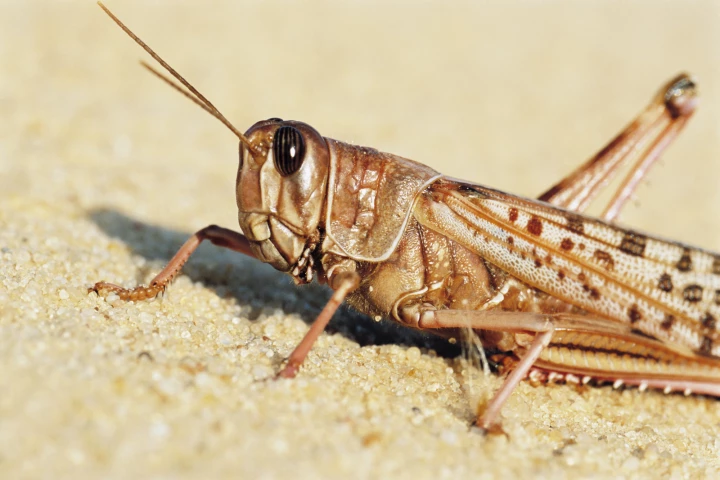Cyborg
-
Instead of going to the trouble of building tiny robots from scratch, some scientists are now turning insects into remote-control cyborgs. A new "assembly line" could help, by converting cockroaches into cyborgs far faster than can be done by hand.
-
Talk about thinking small: researchers at Harvard University have devised a new way to implant flexible bioelectronic devices in the embryos of frogs, mice, and lizards, enabling them to monitor brain activity as these creatures develop.
-
I bet that headline wasn't on your bingo card this week. Researchers at the University of Osaka have equipped cyborg insects with teeny tiny helmets to steer them around various environments, without the need for invasive surgery or internal wiring.
-
If you're going to try "tattooing" a microscopic animal, it would make sense to select one of the toughest creatures on the planet. That's what scientists have done with the tardigrade, and the tech they used may have some valuable applications.
-
If you want to gather climate-change data from the deep ocean, why not hitch a ride with an organism that's going down there anyways? That's the thinking which led to the creation of "biohybrid jellyfish" which pack two speed-boosting technologies.
-
Manipulating microbes has helped human civilization for millennia, since we started using yeast to make bread and booze. In a modern breakthrough, scientists have created semi-living “cyborg cells” that can survive in environments natural cells can’t.
-
Why design robots from scratch when nature has already done the hard work for us? That’s the reasoning behind cyborg insects, and now scientists have found a way to power remote-controlled cyborg cockroaches using custom solar cells.
-
Researchers have managed to create a kind of cyborg, integrating the ear of a locust into a robot. The robot was then able to respond to noises that the biological sensor picked up, which could pave the way for more sensitive and efficient sensors.
-
Six years ago, we first heard about tiny two-legged "bio-bots" that used spinal muscle tissue to walk. Well, they've now received a big upgrade, in the form of spinal cord tissue that essentially makes them self-powered.
-
Organ development has traditionally been tricky to study, thanks largely to the difficulty in getting sensors in there without damaging the organs. Now, researchers from Harvard have developed a way to create “cyborg organoids” by integrating nanoelectronics into cell cultures.
-
Plants are incredibly complex organisms that sense and react to their surroundings. Their normal methods of getting around are pretty slow, so to give them a helping hand researchers at MIT have now created “cyborg plants” that can control a robot base to drive themselves where they want to go.
-
Back in January, researchers from Charles Stark Draper Laboratory and Howard Hughes Medical Institute (HHMI) outlined plans to fit dragonflies with tiny electronic backpacks, allowing them to be controlled remotely. In a new video, their cyborg dragonflies have taken flight for the first time.
Load More











